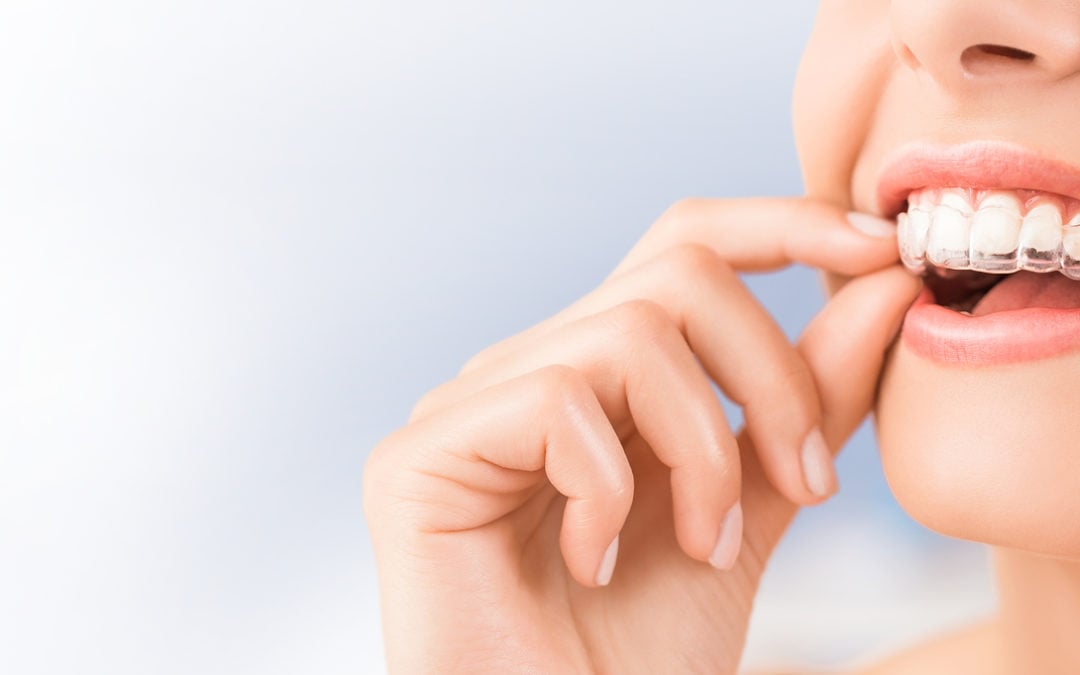Accelerated orthodontic treatment is one topic I have been very interested in throughout my career. Speeding up orthodontic treatment safely and reliably is very complicated, but it is powerful to know these four accelerators.
1. It’s all about the timing.
The most common and easiest way to faster treatment is to avoid making treatment go unnecessarily slow. This sounds simple and intuitive, because it is. Selecting the proper starting time minimizes the amount of time you spend in braces and maximizes the amount of productive work the doctor can do at each adjustment visit. For example, if treatment is started before all the baby teeth have fallen out (or at another premature time), treatment will be unnecessarily delayed and unnecessary time will be spent in braces. Starting too early could unnecessarily prolong treatment and lead to months or years of extra braces, increased risk of tooth decay, and many unneeded trips to the orthodontist.
2. Move the teeth faster (with self-ligating braces).
People often ask me if there are risks with “moving the teeth too fast.” The answer, surprisingly, is no. But, there are increased risks from pushing too hard on a tooth. Orthodontists used to think that, to move the teeth faster and better, we should push harder. As it turns out, the harder you push on a tooth, the more the tooth resists movement. The increased pressure causes increased inflammation around the tooth, which can lead to lots of unwanted side effects: increased gum problems, increased risk of root shortening, increased pain associated with tooth movement, and markedly slower tooth movement.
A self-ligating brace has a small built-in door that does not apply much pressure to the wire. The wire can slide through the braces much more easily, and the entire system has exponentially less friction (increased resistance to sliding) involved.
Because of the decreased friction and force necessary to move teeth, orthodontists are now able to move teeth in a healthier and safer way that is more comfortable for the patient. In addition, the bone that houses the teeth reacts much more favorably to lighter forces, allowing faster tooth movement.
3. Use digital orthodontics.
The role computers play in orthodontics is ever increasing. Exciting new technology allows us to individually customize each brace for each person based on the sizes and shapes of his or her teeth, as well as calculate the math required to move each individual tooth ideally.
Most digital products are enhanced by the addition of digital intraoral scanners. The basic general function of scanners is to take three-dimensional pictures of your teeth and upload them to the computer. The computer can then use these images to build really cool 3-D stuff.
Technology has made those yucky, bad-tasting impressions obsolete as digital scanners take the place of dental molds. An up-to-date office should be able to offer you impressionless orthodontic treatment.
4. Alter the local physiology.
The area of orthodontics garnering a ton of current attention is physiologic orthodontic acceleration. Altering the local physiology allows faster tooth movement – like using rocket fuel in place of regular fuel in your car. Over the past few years, new products for this have emerged, and now there are several different ways to make teeth move faster. The following are some of the most popular accelerated modalities available today:
Mechanical pulsation: Mechanical pulsation works by applying a light vibrational force to your teeth and jaws that makes the cells around the teeth work at a higher rate. Mechanical pulsation devices appear to work particularly well with aligners. Another interesting side benefit of mechanical pulsation is a dramatic reduction in tooth soreness. According to current research, mechanical pulsation can speed treatment by as much as 30 percent.
Photobiomodulation: Photobiomodulation, or PBM, delivers a series of LED light pulses to the area around the gums, increasing blood flow locally. It is thought that the increased blood flow will allow teeth to move faster. Using this product is completely painless; however, it does not seem to have the advantage of decreasing tooth pain. With research available today, it appears that PBM is capable of 30 to 40 percent reduction in treatment time; however, more research is needed.
Corticotomy: Corticotomy is the process of making small, minimally invasive cuts in the bone around the teeth. They cause the bone there to think it is injured, so the body sends a series of healing cells to the area. These cells, in combination with orthodontic pressure on the teeth, create the fastest tooth-moving environment we have found in orthodontics to date.
Accelerated orthodontics is not a simple topic and this post is not meant to be a complete guide. Please ask your orthodontist about these techniques if you are interested in them.









